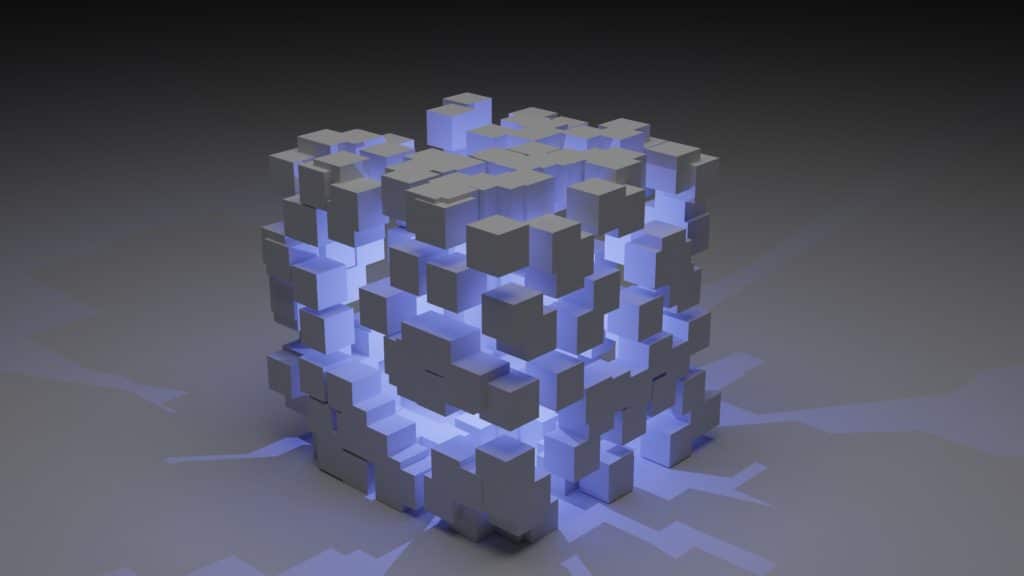
What is Blockchain?
Blockchain technology has many uses and offers a decentralized method to store data and conduct transactions. This decentralized nature, in contrast to working through a central governing host, brings better transparency, privacy, and owner control. Without a central entity overseeing data, it’s distributed among users. For this reason, it’s also called distributed ledger technology (DLT). The use of this technology first began with Bitcoin and continues to be used for cryptocurrency transactions. By now its potential has expanded to a number of other applications, including its role in self-sovereign identity. So what exactly is this technology? Let’s take a look at blockchain’s history, its makeup, and where it can go from here.
Blockchain’s Evolution
The distributed ledger technology has actually been around for a good while. The beginnings of blockchain came about in the early 1990s when a couple innovators developed a cryptographically secured digital “chain of blocks” that couldn’t be changed. Then, in 2008, a mysterious figure under the name of Satoshi Nakamoto created Bitcoin and used blockchain technology for cryptocurrency transactions. Nakamoto envisioned a revolutionized financial practice without powerful third parties in control.
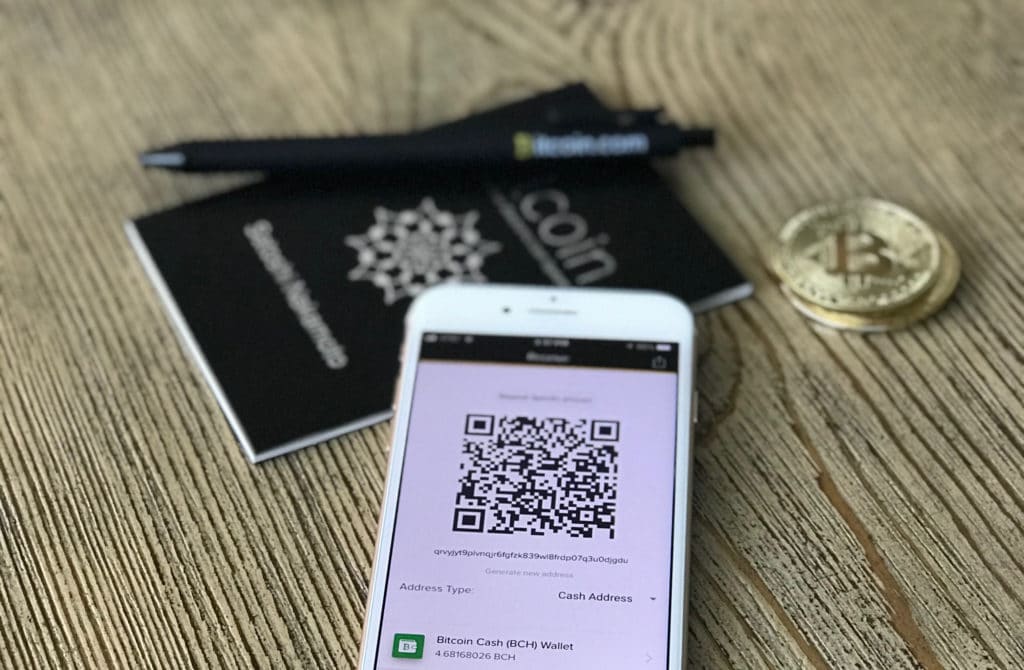
Since then, blockchain has expanded to other applications. In the mid-2010s, Ethereum was created as a public blockchain with additional functionalities. Now it could be used for more than just cryptocurrency: people could utilize it for other decentralized applications, such as sending contracts. This has now evolved into smart contracts that self-execute for a number of types of transactions.
Over time, the originally public blockchain has grown to include private ledgers in addition to the public ones. Enterprises have begun to adopt the technology for increased security and efficiency. One of the highlights of public blockchain potential is self-sovereign identity (SSI), a way for individuals to gain more privacy and control of their identifying information.
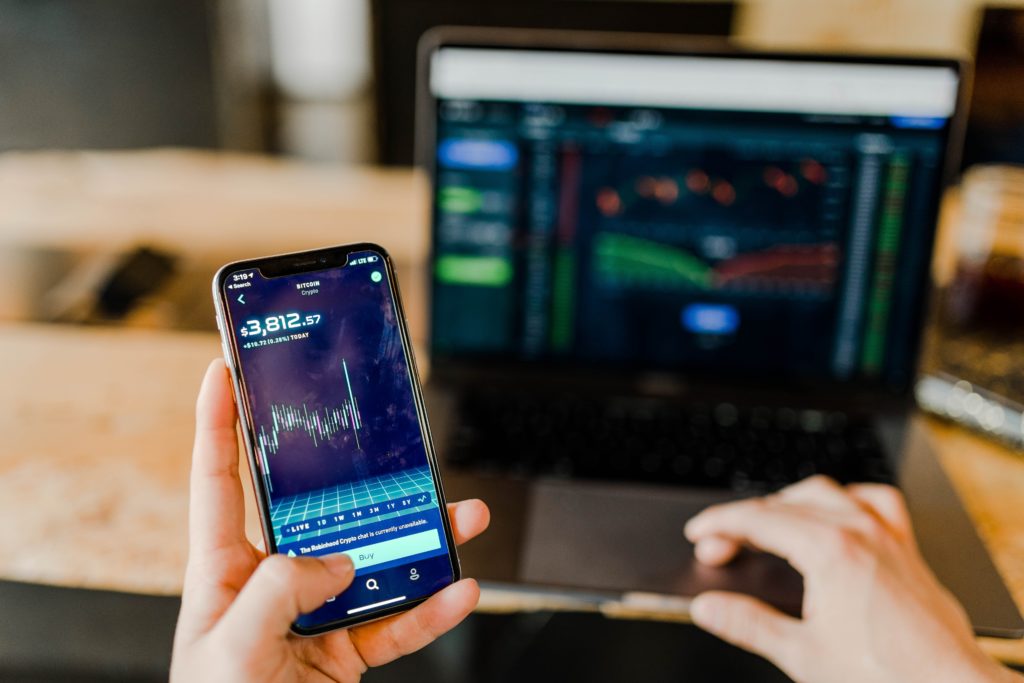
Blockchain for Self-Sovereign Identity
With all the accounts we use and ways that we identify ourselves, users end up providing identity-verifying hosts and other third parties with plenty of personal data (and piling up usernames and passwords in the meantime). We’re often unaware of how this personal information is used and shared. Self-sovereign identity is all about cutting out that central middleman. This way there’s no one collecting metadata during use of these accounts, owners control the amount of information shared, and only one identity is needed (the actual one!). With the growing prioritization of data privacy, this kind of possibility could turn out to a great advancement in how we use the internet. And with the modernized practice of verifiable credentials, it can bring identity privacy and control to a whole new level. The structure and capabilities of blockchain lets parties access necessary information only to the extent that an individual allows.
Distributed Ledger Technology (DLT)
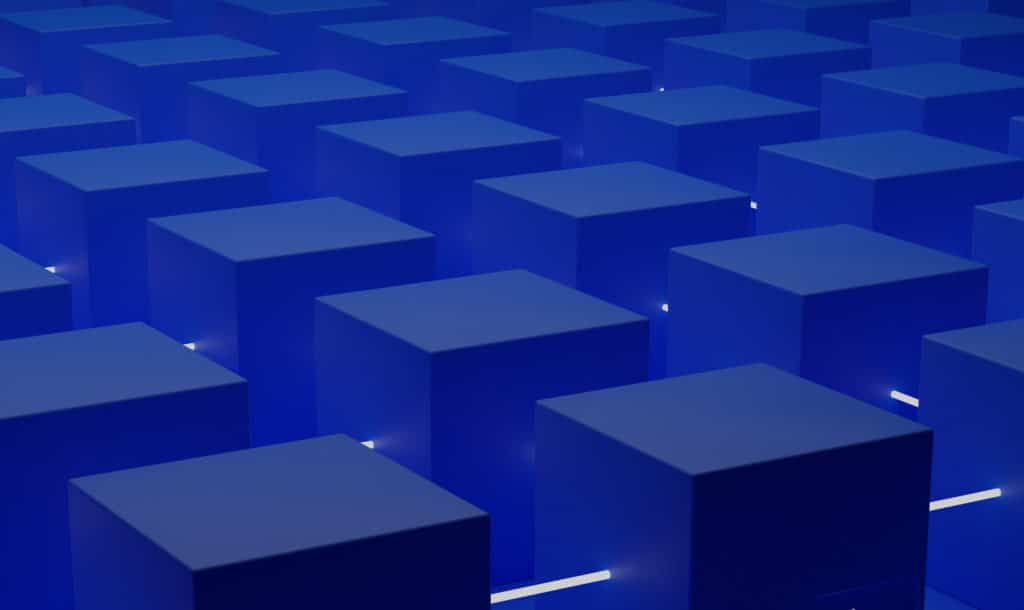
What are the nuts and bolts that make blockchain different and allow it to do what it does? The distributed ledger technology is a peer-to-peer network where, instead of a central host’s servers storing data, everyone who uses it has a copy of the ledger stored on his or her own computer. That ledger is essentially a database in the form of a chain of blocks strung together: a blockchain. Each block has its own unique identifier (called a hash) and refers back to the blocks that precede it. This turns the chain into a chronological record and makes it extremely difficult to break—any attempt to falsify information would require changing that information on every single block, each of which is also cryptographically secured. This immutable nature of the ledger allows for accurate and transparent record keeping that can’t be changed or hacked at a central location.
Future Possibilities
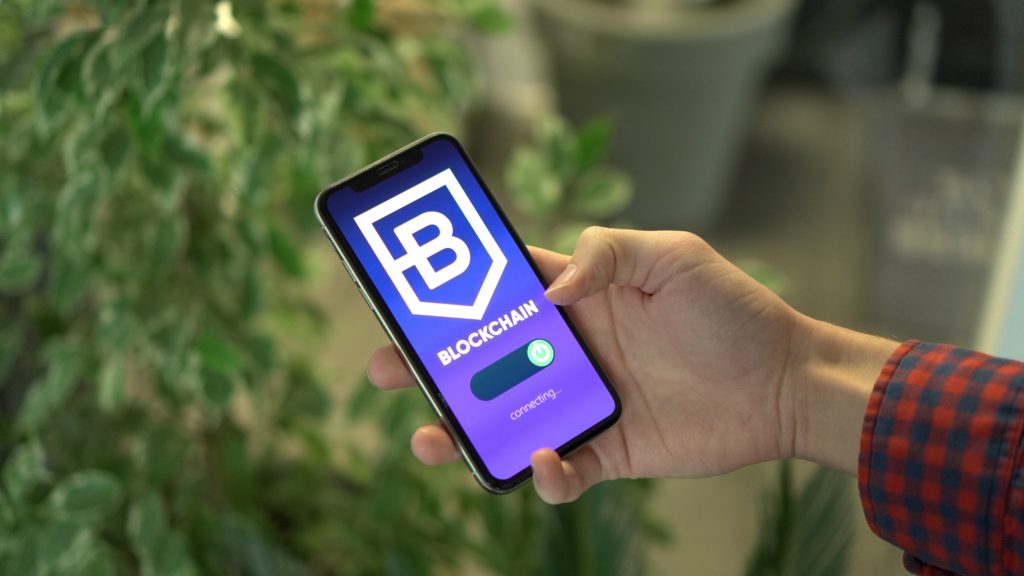
Blockchain enthusiasts point out lots of potential for the technology—it can be useful in many different applications, from streamlining processes in the music industry to tracking illegal gun ownership. Just about every sector could benefit from the added security and eliminated intermediaries that come with blockchain. Industries with critical record keeping, such as healthcare, government, and law, are particularly suited to really transform. At the moment, blockchain still has its challenges, like scalability and an arcane creation process. But as its technology continues to be explored and improved, it’s a real possibility that one day everyone using the internet will be able to take part in a truly self-sovereign digital world.
Also read:

Amazing Article. Blockchain is surely the future.
You managed to really loud this article up with information that is of real value. I appreciate good writing, and this is really good.
Really nice and impressive